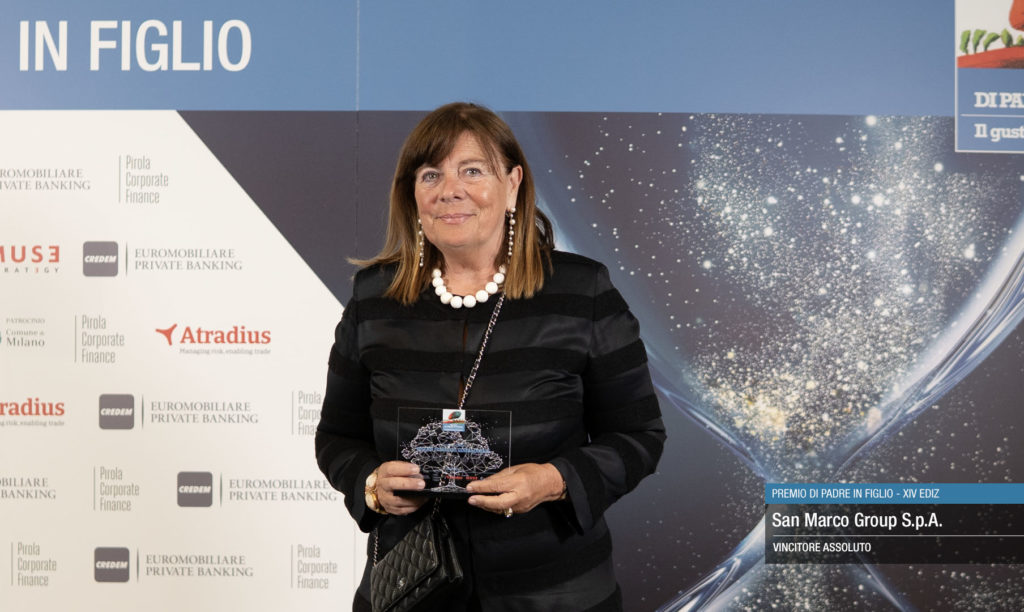
Innovazione di prodotto e di marketing: l’analisi dell’impatto nelle imprese familiari. La bibliografia
Pubblichiamo di seguito la bibliografia completa dell’articolo “Innovazione di prodotto e di marketing: l’analisi dell’impatto nelle imprese familiari”, scritto da Maria Sole Brioschi, Tommaso Minola, Stefano Sala e Yannick Bammens sul numero di dicembre 2020 di Sistemi&Impresa.
Baker W., Sinkula, J. (1999), “The synergistic effect of market orientation and Learning orientation on Organizational performance”, Journal of Academy of marketing science, 411-427.
Bartoloni E., Baussola, M. (2015), “Does technological innovation undertaken alone have a real pivotal role? Product and marketing innovation in manufacturing firms”, Economics of innovation and new technology, 91-113.
Bianco M., Bontempi M., Golinelli R., Parigi G. (2013), “Family firms’ investments, uncertainty and opacity”, Small business economics, 40 (4),1035-1058.
Calabrò A., Vecchiarini M., Gast J., Campopiano G., De Massis A., Kraus S. (2019), “Innovation in family firms: a systematic literature review and guidance for future research”, International journal of management reviews, 21, 317-355.
Chrisman J. J., Chua J. H., De Massis A., Frattini F., Wright M. (2015), “The ability and willingness paradox in family firm innovation”, Journal of product innovation management, 32 (3), 310-318.
Czarnitzki D., Thorwarth S. (2012), “The contribution of in-house and external design activities to product market performance”, Journal of product innovation management, 878-895.
Duran P., Kammerlander N., Van Essen M., Zellweger T. (2016), “Doing more with less: innovation input and output in family firms”, Academy of management journal, 59 (4), 1224-1264.
Eisenmann T. (2002), “The effects of CEO equity ownership and firm diversification on risk taking”, Strategic management journal, 23, 513-534.
Family firm institute, Global data points, http://www.ffi.org.
Gomez-Mejia L., Makri M., Larraza-Kintana M. (2010), “Diversification decisions in family-controlled firms”, Journal of management studies, 47 (2), 223-252.
Jedidi K., Mela C., Gupta. S. (1999), “Managing advertising and promotion for long run profitability”, Marketing science, 1-22.
Lhuillery S. (2014), “Marketing and persistent innovation success”, Economics of innovation and new technology, 23 (5-6), 517-543.
Mansoor H. (2019), “Why is marketing important? 9 reasons why you really do need it”. https://www.business2community.com/marketing/why-is-marketing-important-9-reasons-why-you-really-do-need-it-02186221 (link verificato il 26 novembre 2020).
March J. G. (1991), “Exploration and exploitation in organizational learning”, Organization science, 2 (1), 71-87.
Mashiri E., Sebele F. (2014), “Diversification as a corporate strategy and its effect on firm performance: a study of zimbabwean listed conglomerates in the food and beverages sector”, International journal of economics and finance, 6 (5), 182-195.
OECD-Eurostat (2005), The measurement of scientific and technological activities, in Oslo Manual, OECD Publishing, Paris.
Wang,Y., Poutziouris P. (2010), “Entrepreneurial risk taking: empirical evidence from UK family firms”, International journal of entrepreneurial behaviour & research, 16 (5), 370-388.
Webb J., Ketchen D., Ireland R. (2010), “Strategic entrepreneurship within family-controlled firms: opportunities and challenges”, Journal of family business strategy, 67-77.







